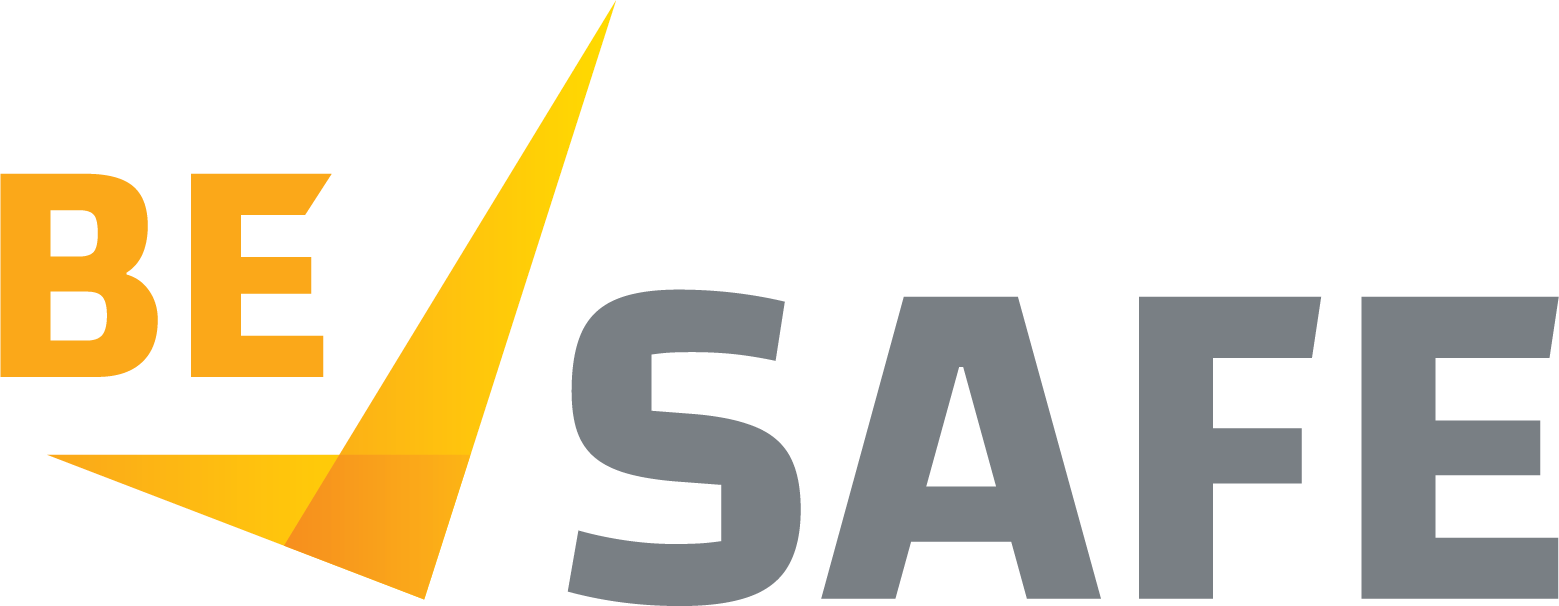OHS Learnings from Judge Peter Rozen
Judge Peter Rozen is currently a Judge in the County Court of Victoria where he was appointed in 2022. His name is well known, due to his long history as an expert in Occupational Health and Safety law. Judge Rozen has been involved in a number of high-profile reviews and inquiries, and he co-authored a textbook on the subject: ‘Health and Safety Law in Victoria’.
Recently, Judge Rozen presided over the case of DPP vs Energy Australia Yallourn Pty Ltd, where he gave his sentencing remarks on 27th March 2025. This case was a pure risk prosecution relating to a fire at the power plant, which resulted in the conviction of Energy Australia for breaching section 21 of the OHS Act.
The County Court broadcast the sentencing remarks on YouTube: Sentence of DPP v Energy Australia Yallourn Pty Ltd before Judge Rozen – 27 March 2025 in what was a helpful move to make access to his commentary more accessible to those wanting to learn from OHS rulings.
Judge Rozen took the opportunity to explain the way in which employers must engage in risk assessment including the consideration of the likelihood of the event occurring and its’ potential consequence.
He also took the time to explain that employers must provide the highest level of protection against risks to health and safety and that they must be proactive in their duty to provide a safe workplace, as well as to monitor conditions and to engage suitably qualified persons in relation to OHS. Notably, he highlighted the need for meaningful consultation and the fact that employees are entitled to be represented (by and HSR).
Rozen went on to delve into the concept to ‘reasonably practicable’ and described how the ‘more ‘reasonably practicable’ an identified risk control measure was, all else being equal, the more egregious will be the failure to have implemented it’.
Judge Rozen’s closing remarks were a strong reminder to duty holders as to their legislated responsibilities under the Law:
‘It has been stated by the Court of Appeal on more than one occasion that employers are required by the Act to take an active, imaginative and flexible approach to the safety of those who may be affected by their undertakings. An employer must actively identify risks to health and safety and take all steps that are reasonably practicable to obviate those risks. Employers are not allowed under the law to take a passive approach to safety only improving safety procedures after an incident... fines in OHS cases must draw attention to the importance of workplace safety, and send a message to employers that failure to eliminate or mitigate safety risks will attract significant punishment.'
The full transcript is available at: sentencing-remarks-dpp-v-energy-australia-yallourn.pdf
And the video can be viewed at: Sentence of DPP v Energy Australia Yallourn Pty Ltd before Judge Rozen – 27 March 2025
Any HSR, employer or person interested in OHS would benefit from listening to the comments of Judge Rozen. In particular, his educational comments which I have summarised are found at around the 11.30 mark.




